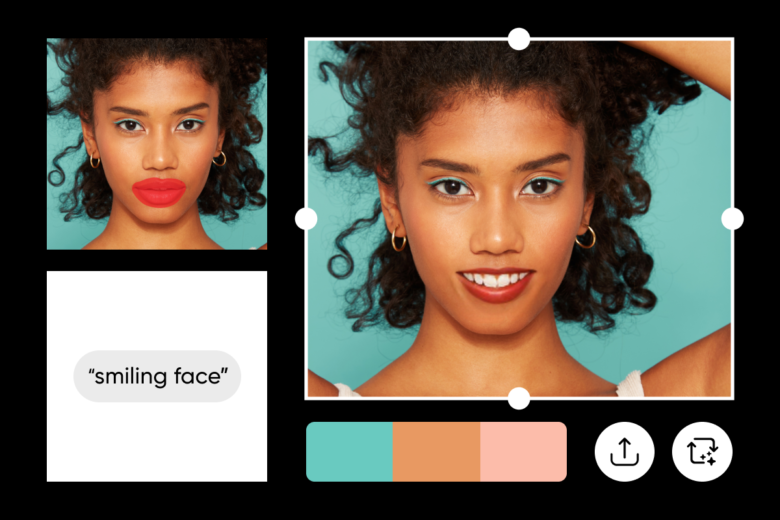In today’s rapidly evolving digital landscape, face swap technology has emerged as both a fascinating innovation and a potential cause for concern. Whether used for fun, entertainment, or more nefarious purposes, this technology has significant implications for digital media and privacy. In this article, we will explore the impact of face swap on these areas, assessing its benefits and risks.

The Rise of Face Swap Technology
Face swap technology allows users to exchange faces in photos and videos. It has become immensely popular on social media platforms, where users can effortlessly swap faces with friends, celebrities, or even fictional characters. The technology uses advanced algorithms to map facial features and blend them seamlessly, creating images and videos that appear remarkably realistic.
Entertainment and Creative Uses
One of the primary attractions of face swap technology is its entertainment value. Social media platforms are flooded with humorous and imaginative face swap posts, providing endless amusement for users. Additionally, digital artists and content creators have embraced this technology to produce creative works that push the boundaries of visual storytelling.
Face swap technology also enables the creation of deepfake videos, where the faces of individuals are superimposed onto other bodies. While deepfakes can be used for parody and satire, they also pose significant ethical and legal challenges, as they can be used to manipulate and deceive audiences.
Privacy Concerns
Despite its entertaining and creative applications, face swap technology raises substantial privacy concerns. One of the most pressing issues is the unauthorized use of individuals’ likenesses. With face swap apps and software readily available, anyone can manipulate images and videos without the consent of the people involved. This can lead to various problems, including identity theft, cyberbullying, and the spread of misinformation.
Moreover, deepfakes generated using face swap technology can be exploited for malicious purposes. They can be used to create false evidence, impersonate individuals, and even influence public opinion during elections. The potential for misuse is alarming, and it underscores the need for robust regulations and safeguards to protect privacy and prevent harm.
Ethical Implications
The ethical implications of face swap technology extend beyond privacy concerns. The ability to create highly realistic digital representations of individuals raises questions about consent and authenticity. When someone’s face is used without their permission, it violates their right to control their image and identity.
Furthermore, the proliferation of deepfakes has eroded trust in digital media. As deepfake technology becomes more sophisticated, it becomes increasingly difficult for audiences to distinguish between genuine and manipulated content. This undermines the credibility of digital media and contributes to the spread of fake news and disinformation.
Regulatory Measures and Best Practices
Given the significant privacy and ethical issues associated with face swap technology, it is imperative for governments, tech companies, and users to adopt measures to mitigate risks and promote responsible usage. Regulatory frameworks should be developed to address the unauthorized use of personal likenesses and the creation of harmful deepfakes.
Tech companies should implement stricter guidelines and verification processes to prevent the misuse of face swap technology. Additionally, users must be educated about the potential risks and encouraged to use these tools responsibly.
Conclusion
Face swap technology has undoubtedly transformed digital media by offering new avenues for creativity and entertainment. However, its potential for misuse and the resulting privacy concerns cannot be ignored. As we navigate the evolving digital landscape, it is crucial to strike a balance between innovation and ethical considerations, ensuring that face swap technology is used responsibly and with respect for individuals’ rights and privacy. By fostering a culture of awareness and accountability, we can harness the benefits of this technology while minimizing its risks.
 icons at the top right corner of the subsection.
icons at the top right corner of the subsection.